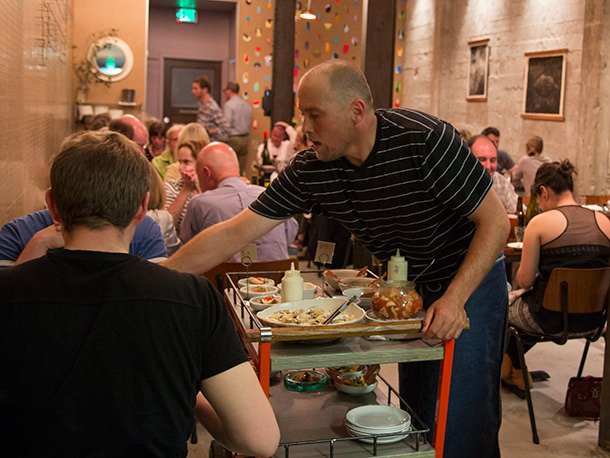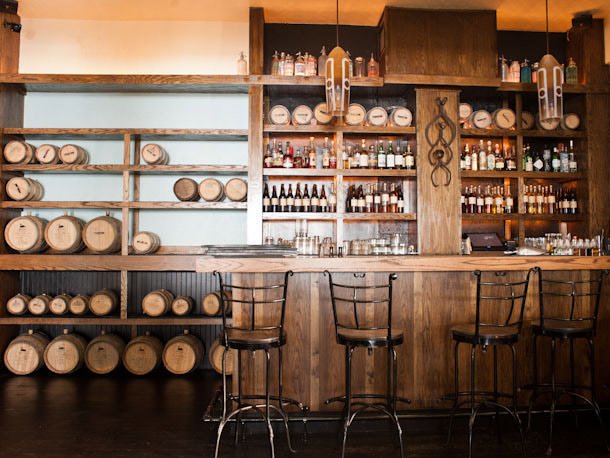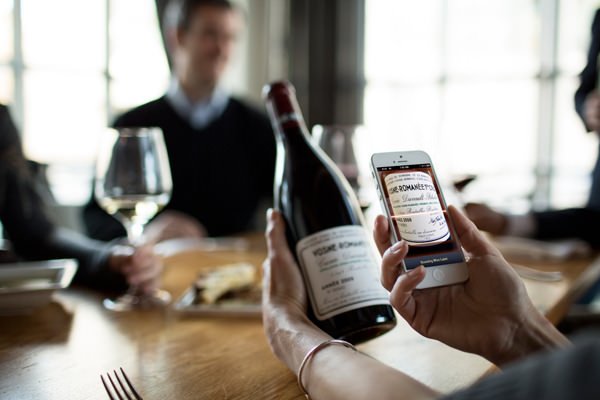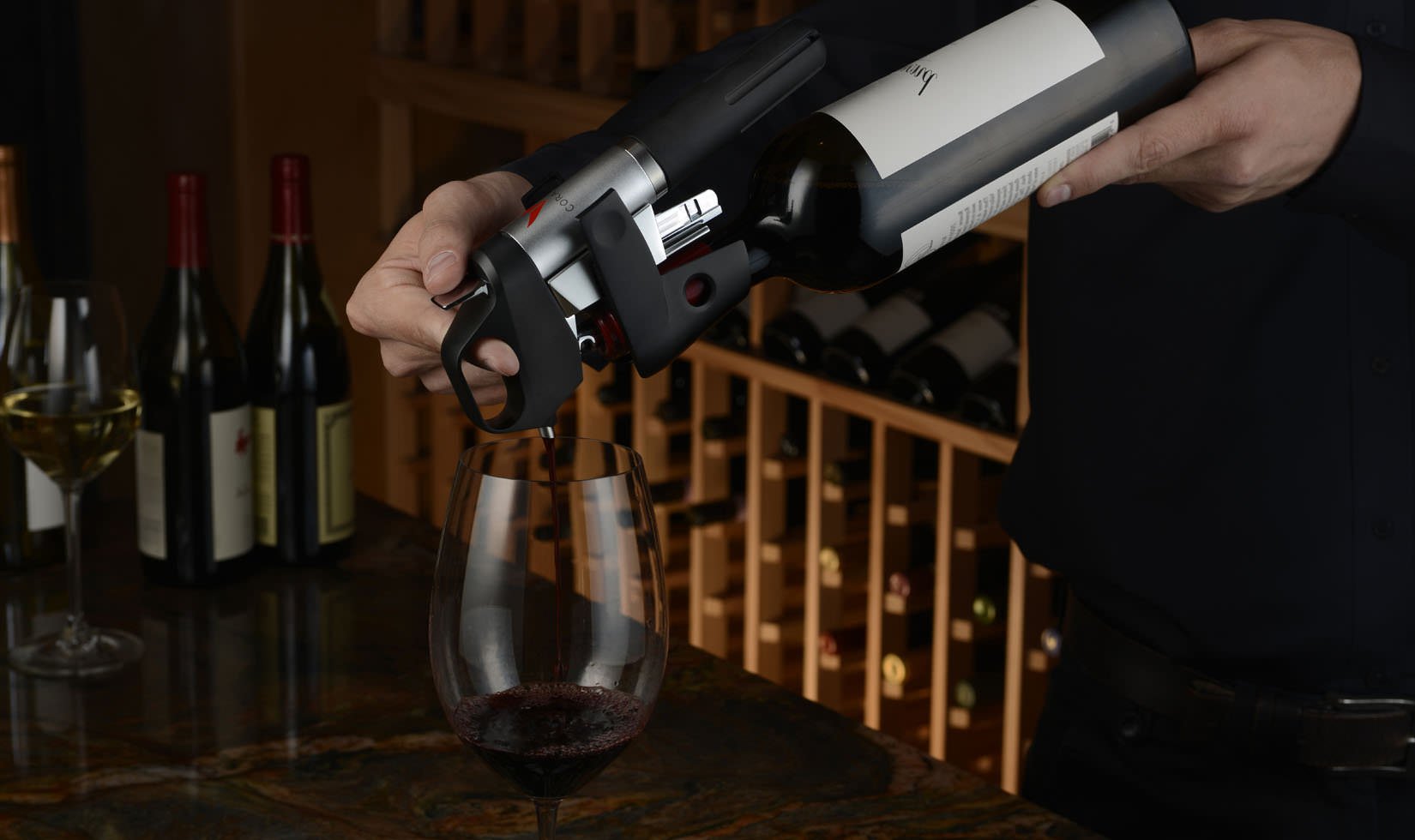In the second installment of our regional spotlight series, we asked local experts in the city by the bay to share their thoughts on the latest food and wine trends emerging in San Francisco’s dining scene. These four topped their lists.
Elite chefs going casual continues.
When chef Michael Tusk of Quince, one of the great fine-dining restaurants in San Francisco, opened a casual spin-off called Cotogna in 2010, some people in the wine business were wondering how a more approachable, less expensive outpost may affect Quince, which is located right next door and was called “…one of the most special places in the city” by Michael Bauer, the restaurant critic at the San Francisco Chronicle.
Truth is, Tusk was at the forefront of a trend that continues to gain momentum in San Francisco. Then came the much-anticipated, 2011 New Year’s Eve opening of Stuart Brioza’s State Bird Provisions. Named in honor of the California quail, State Bird has a short, daily-changing menu that the former Rubicon chef presents to guests in a spontaneous style with rolling carts; it continues to draw rave reviews for its stunning food and quirky approach, including Bon Appetit‘s 2012 Restaurant of the Year. Reservations are so coveted that an engineer from Square created a bot to hack the restaurant’s online reservation system. A portion of the dining room is available to walk-in customers on a first-come, first-serve basis, and the line is known to start forming long before doors open at 5:30 p.m. Brioza has already renovated and expanded the cozy, minimalist Fillmore Street space.
“The hottest ticket in town is no longer this white-tablecloth prix-fixe place,” says Allie Pape, editor of Eater SF, the city’s top source for breaking food news. “It’s a place where the cooks wear denim aprons and the food comes on dim sum carts and the music is old-school hip hop. That’s a sea change.”

Rich Table arrived a few months later, headed up by industry veterans, Evan and Sarah Rich, a couple who honed their crafts at Quince, Coi and Michael Mina. “Rich Table remains one of the hottest restaurants in town right now,” says Kim Beto, Vice President of Key Accounts for Southern Wine & Spirits of California. “The menu changes daily. It’s simple and fresh and almost every dish is under $20.”
Last spring, Napa celebrity chef Michael Chiarello chose to make his first foray in San Francisco his first Spanish tapas concept, Coqueta, which continues to draw praise for its rustic feel and small plates that encourage sharing and exploration. (Coqueta was the first in an upswing of Spanish tapas restaurants in the city, with more expected this year.)
Acquerello, an institution known for its Michelin stars, old-world opulence, fine Italian cuisine, opened the much-anticipated 1760 last September—a casual, modern take on ingredient-driven cooking that simply showcases what’s fresh and local.
“The way that people are dining in the city has really shifted,” says Emily Wines, Master Sommelier and Director of Wines for Kimpton Hotels & Restaurants. “The snackification of dining is only getting bigger.” This swing toward more casual nibbles and small plates is partly driven by the Millennial generation, who prefer a more playful way of dining and trying new foods, but also by the busy schedules of professionals working in the digital age, Wines says.
Kimpton’s Fifth Floor, one of the most revered upscale restaurants in San Francisco, closed three weeks ago and will reopen later this year as a new, more casual concept that will have a serious, yet playful approach to culinary artistic food with a very bar-driven feel. “We’re expanding the bar areas at several Kimpton restaurants because consumers now want to have a bar experience in the dining room.”
Four-star chef Daniel Patterson has been making modernist haute cuisine at celebrated Coi since 2006, and just last month, the self-taught master opened Alta CA, a casual eatery across from Twitter headquarters that serves up tasty grub, such as beef tendon puffs, deviled eggs and chicken confit.
The city’s top chefs were proactive in adapting to this shift in consumer’s desires. “Fine dining will always have its loyal followers, special occasion diners and tourists, but I think many restaurateurs realize that they need a casual space with a buzzing bar scene to bring in crowds,” says Beto, who oversees more than 200 top accounts in California. “San Francisco is a very social, food-centric place. The hip, casual spots are the ones with wait lists and full bars, and that means money.”
Some says it’s easier to get more social-savvy diners buzzing about a restaurant when it’s cheaper. “There’s definitely a collect-them-all aspect to San Francisco restaurants these days, fueled by the ability to share everything you’re eating and drinking on Facebook, Twitter, Instagram, etc,” Pape says. “A lot of the wealth in San Francisco is controlled by people under 35, thanks to the tech industry, and they don’t want to have to do things that older folks take for granted, like make reservations, change from their workplace jeans and hoodie into fancy clothes, or be stuck with one big entrée when they could try and share lots of different things.”
More concise, but diverse wine lists.
With the casual dining trend, a natural shift in wine programs has occurred. “More casual restaurants are focusing on smaller, less intimidating wine lists,” Beto says. “At the distributor, we’re getting more requests for biodynamic, organic and obscure grapes from these casual places. Ports are making a comeback too.”
Many San Francisco restaurants are embracing very concise lists with lots of different regions, but only a few wines from each region. “I’ve noticed bigger by-the-glass (BTG) lists lately and more cutting-edge BTG programs,” Wines says. “San Franciscans are very adventurous drinkers, and more restaurants are digging into Southern Italy for unusual values that are great by the glass, little-known wines like Nerello Mascalese from Sicily.”
These expanded BTG programs reach beyond esoteric to well-known, expensive or older wines. “Buyers used to only want current-release vintage,” Beto says. “Older California Cabernets are hot right now, but they must have name recognition, like Jordan, Quintessa or Caymus. Thanks to wineries with library vintage programs, like Jordan, and devices like Coravin, this high-end, Cab by-the-glass trend has really taken off.” Introduced last year, Coravin allows sommeliers to pour wine from a bottle without damaging or removing the cork. Now, it’s not uncommon to find Opus One, Insignia and Dominus being poured by the glass at white-tablecloth restaurants in the city. “Those high-end pours used to only occur in a couple of the top accounts, but now it’s everywhere,” Beto says.
“People are approaching dining like they approach online dating: why settle down with one drink when you can have the opportunity to try three or four new things? Same principle applies to the use of the Coravin,” says Pape, who graduated from Harvard before becoming a food, beer and spirits journalist. “I think this also plays into celebrity chef culture and the desire among the food-savvy for ‘drinking how a chef or sommelier’ would drink. Chefs and somms like Negronis and quirky biodynamic French wines from tiny producers, and sherry, and other things that no one would have thought to introduce in a fine-dining atmosphere 10 years ago.”
Magnums by the glass? That’s happening too. Magnums of Champagne and California Cabernet Sauvignons are also rebounding after a lull during the Recession. “Hakkasan is serving two Champagnes by the glass out of magnum, and consumers are really excited about that type of drinking experience.”
Small bottles are back too. “I’m getting more requests for half bottles than ever before,” Beto says.
The flexibility of dining that’s led to more casual concepts and small plates is clearly also extending to drinking. “Rather than sticking with a single bottle of wine, diners are enjoying the flexibility of starting a meal with a cocktail or craft beer, transitioning through a couple of different wines by the glass to match different plates, and then finishing off with a port, sherry, dessert wine, or even a second cocktail,” Pape says. “San Francisco diners see eating out as an opportunity to try new things and be exposed to drinks they haven’t sampled before.”
Barrel-aged cocktails and tap liquor.
Mixologists are continuing to find new ways to craft and present cocktails to guests. Barrel-aging their own classics, such as Negronis and Manhattans, is becoming more common. “I’d never seen a barrel-aged cocktail on a list or a barrel on a back bar until last year, and now they are everywhere,” Beto says. “This isn’t just a trend in San Francisco; we’re seeing it in Napa, Sonoma and even Silicon Valley.”
“I think this trend is fueled by the desire for something handmade and unique, and at the end of the day, traditional three-ingredient cocktails like the Manhattan and Negroni still aren’t all that unique,” Pape says. “This allows restaurants to make the brown, bitter and stirred drinks that bartenders adore and drink on their days off, but still put a personal twist on them that can command the premium prices fetched for less spirit-forward drinks.”

Liquor on tap is spreading beyond San Francisco too, a trend that began a few years ago. “Now you can go to a cocktail bar in Monterey and order Jameson on tap,” Beto says. “Trappist ales and ciders are popping up everywhere too.” The hottest craft beer spots include Mikkeller Bar, Faction, Almanac and Cellarmaker.
Shift in sommeliers.
Both the digital age and the foodie movement have helped to shape a new generation of young hospitality professionals, forcing our traditionally slow-moving wine industry to adapt quickly. “As a salesman, you can’t just tell someone, ‘You have to have this wine.’ They want to know the story, how it’s made, why it’s different,” says Beto, a 25-year veteran of the wine industry. “We’ve had to completely change how we sell, how to go to market.”

“Millennials value authenticity and the sense that something has a story, a history, a passionate lifer behind the product,” Pape says. “That’s the complete opposite of the fancy Napa-cab factories run as hobbies by the nouveau riche or the massive huge-production commercial wineries. This leads to an interest in the classical winemaking techniques still in practice in parts of Europe, but since prices are high there, it also leads to constant exploration of new grapes, new Euro winemaking regions, and anything else that can provide a value proposition.” Pape also believes the small movement in Euro-style California wines made with restraint and natural techniques–a style Jordan has honored for four decades–will only get bigger despite the fact that none of the winemakers own their own vineyards, for the most part.
Technology plays a big part in the shift. Sommeliers are on their smartphones during sales presentations, verifying facts about the wines. They’re also placing orderly differently. “In the last two years, it’s become text message orders. We used to get phone calls, but nobody has time to talk anymore.” Beto also finds social media an invaluable resource for staying connected with buyers.
More buyers are also adopting digital wine list technologies, such as Tastevin or Binwise, to create a more in-depth, educational wine experience for diners. “The move toward paperless wine lists has been a natural transition because San Francisco buyers are very comfortable with their smartphones and tablets, and I think it’s only a matter of time before digital wine lists will be the majority.”
There are more women sommeliers than ever before and more restaurants in San Francisco hiring multiple sommeliers for one wine program. Nightclub/restaurant Hakkasan has three sommeliers on staff and Michael Mina’s Bourbon Steak has two. “The industry is maturing and generations are shifting,” Beto says. “Today’s buyers are much younger, as expected, but there are more female sommeliers, which is great. I think if you go back twenty years, there weren’t that many female sommeliers, just like there weren’t that many female winemakers. And, you’d never find a restaurant with three sommeliers working the floor. It’s an exciting time to be selling wine in San Francisco.”


